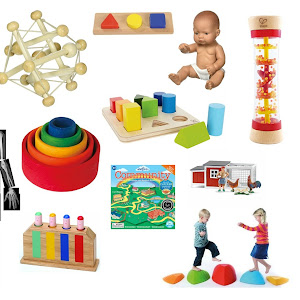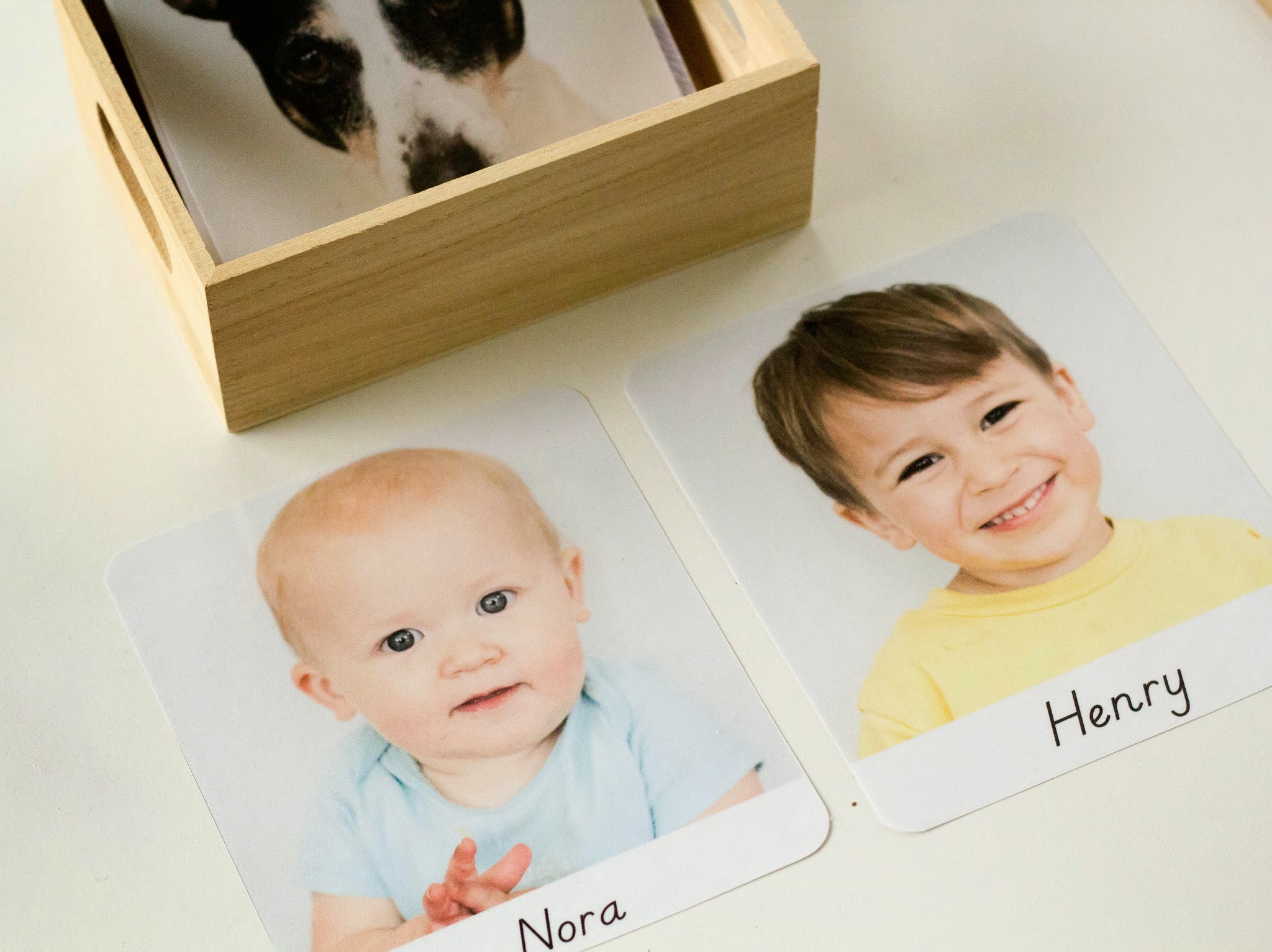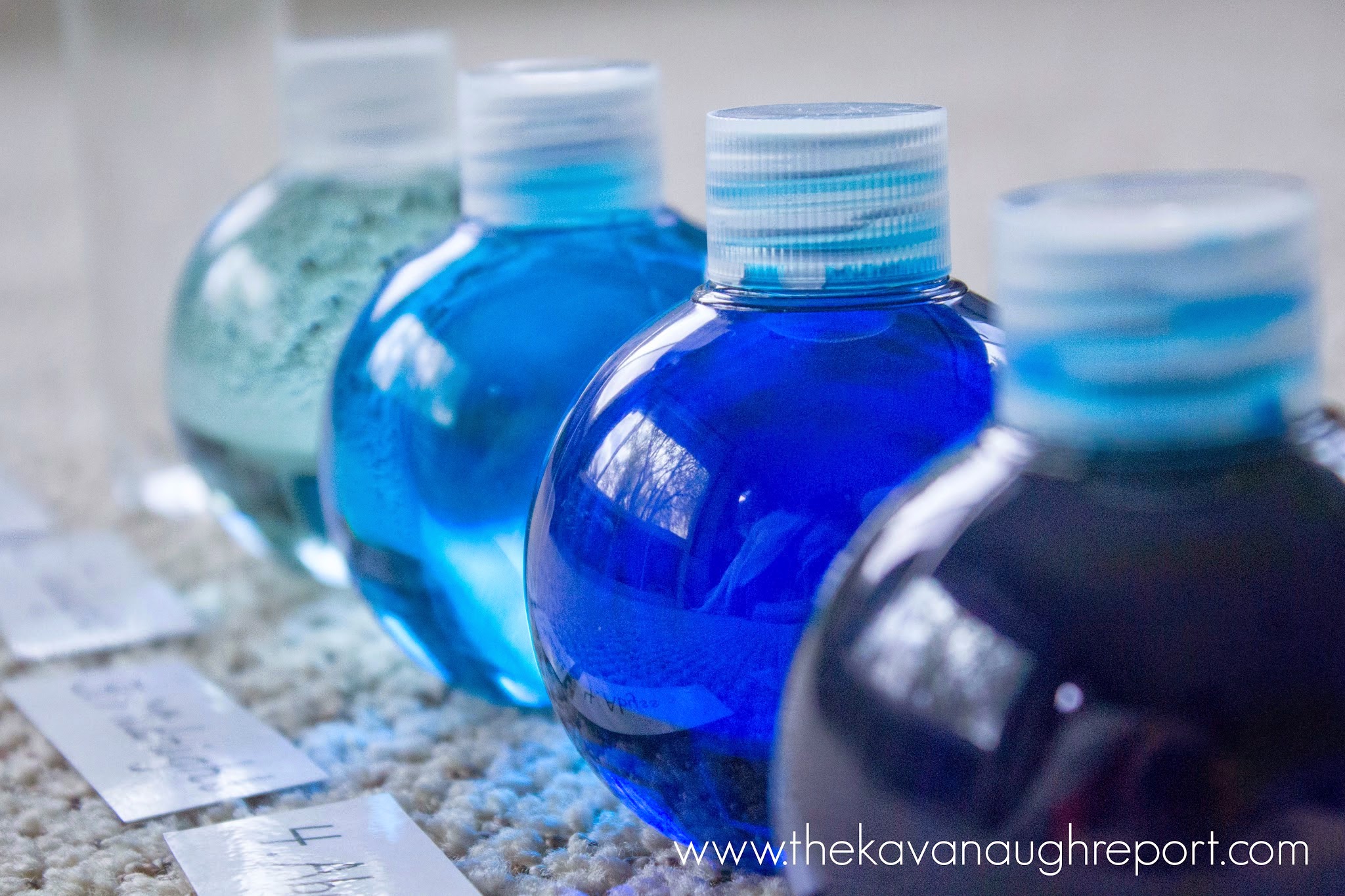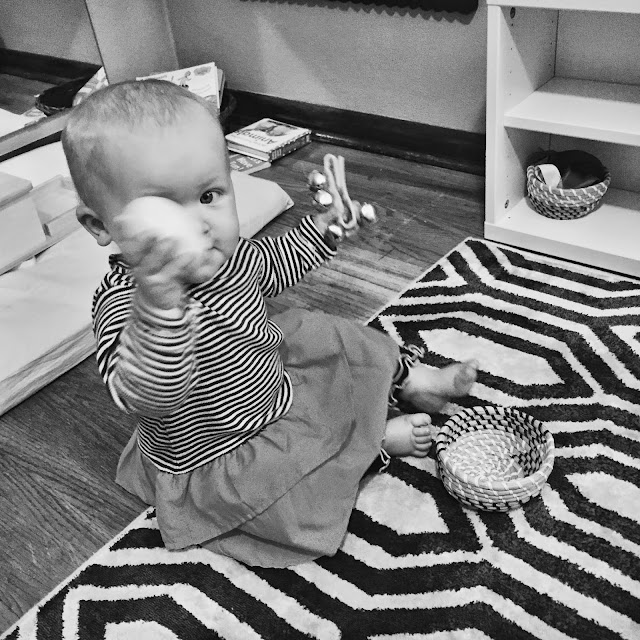The other day, Henry asked me for an orange. I took one from our fruit bowl, cut it in half and gave it to him. Then, Nora started fussing to eat. So, I nursed her. As I nursed, Henry proceeded to go to his kitchen area, and get his juicer and cup. He juiced the orange slices and poured himself a glass of juice. After drinking the juice, he threw away the orange slices, put the cup and juicer in the dishwasher, and was on his way. I wasn't involved in any of it. None. It was the perfect example of independence, combining practical life skills, responsibility, and caring for his environment. But this isn't always our normal. We struggle a lot with independence. Henry likes when we do things for him. He likes when I put on his shoes. When I pour his cup. When I put on his jacket or zip it up -- when I get something for him, when I read, count, the list goes on. Despite the fact that he can do many of these things by himself his def...









